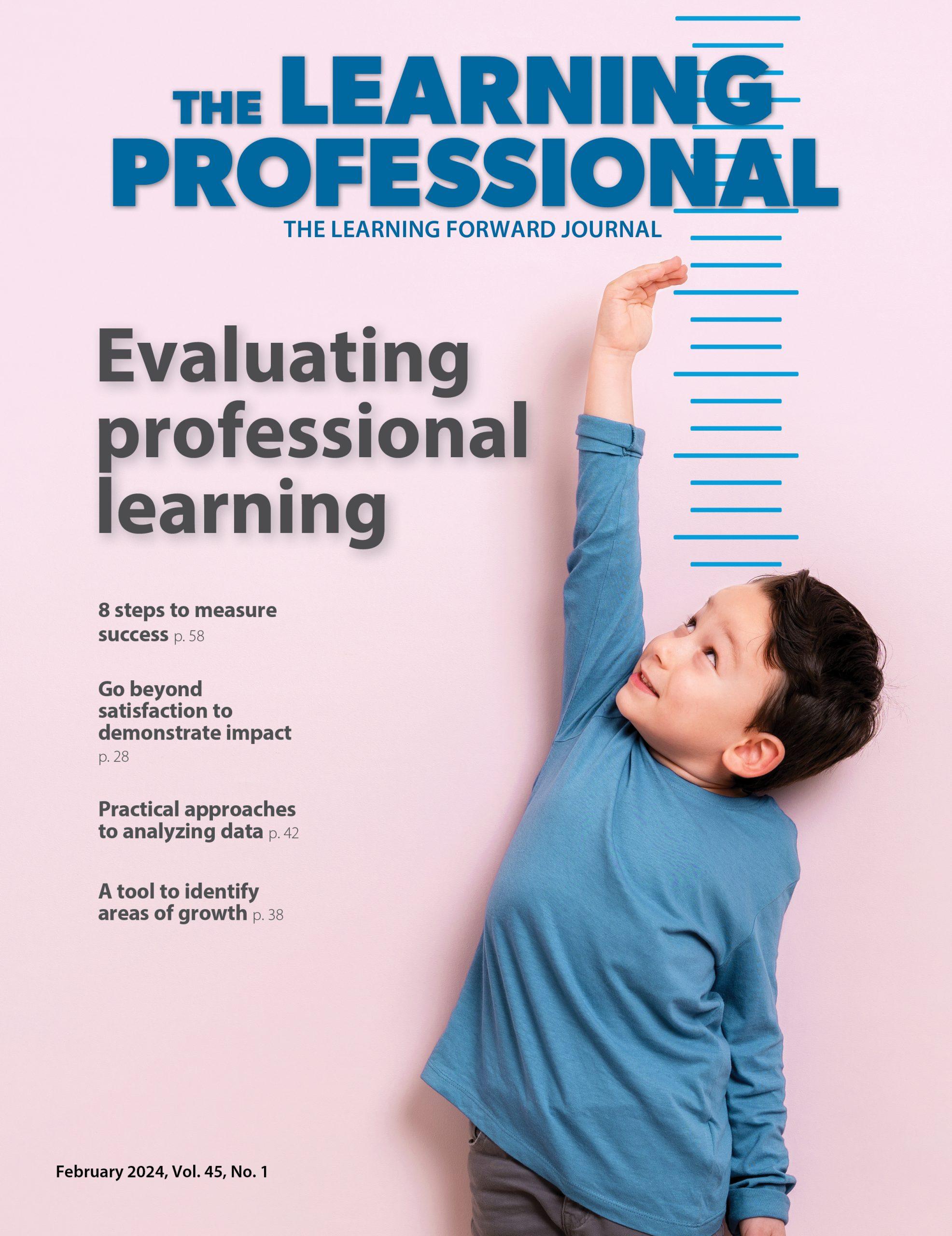The professional, personified
Districts find results by combining a vision of professionalism with the use of common tasks and goals
By Judy Wurtzel
August 2007
Read the remaining content with membership access. Join or log in below to continue.
Sed ut perspiciatis unde omnis iste natus error sit voluptatem accusantium doloremque laudantium, totam rem aperiam, eaque ipsa quae ab illo inventore veritatis et quasi architecto beatae vitae dicta sunt explicabo. Nemo enim ipsam voluptatem quia voluptas sit aspernatur aut odit aut fugit, sed quia consequuntur magni dolores eos qui ratione voluptatem sequi nesciunt. Neque porro quisquam est, qui dolorem ipsum quia dolor sit amet, consectetur, adipisci velit, sed quia non numquam eius modi tempora incidunt ut labore et dolore magnam aliquam quaerat voluptatem.
Tenets of teacher professionalism
Drawing from well-established norms in teaching and other fields, a new vision of teacher professionalism rests on at least six tenets:
1. A professional owes her primary duty to her clients — in the case of educators, to students.
2. Professionals are accountable to the profession for results. In teaching, this means the profession should identify and prepare its members in the knowledge, skills, and standards of practice most likely to lead to increased student learning. The profession also must hold its members accountable and discipline or eject from the profession those unable to improve student learning.
3. A professional has a duty to improve her own practice. Thus, professional development, coaching, classroom observation, and continued learning are essential parts of the job, not optional activities. Teachers should adhere to a core value of publicly owning student learning data and opening their own classroom practice to work with other teachers.
4. A professional has a duty to improve common or collective practice in the profession. In medicine, a death in the hospital triggers a morbidity/mortality conference in which the staff responsible for the patient and others in the hospital meet to determine whether professional protocols were followed, how to improve adherence to protocols, and whether the protocols should be reconsidered in light of new evidence. In teaching, the parallel is working with other teachers in an effort to learn from them, to help them learn, and to contribute to the collective knowledge about what works for students.
5. Professionals adhere to a body of specialized knowledge, agreed-upon standards of practice, and specific protocols for performance. In teaching, these standards of practice and protocols should be based either on evidence about effectiveness in improving student results or, in areas where the evidence is weak or unclear, agreement by the profession about the practices and protocols most likely to benefit students. In addition, the profession has a duty to organize teachers’ work lives and responsibilities in ways that enable them to develop, refine, apply, and share knowledge of effective practices.
6. Professionals are expected to exercise professional judgment. While professional practice is governed by standards and protocols, professions require professionals to consider the specific characteristics and needs of their clients. In teaching, this means varying instruction to take into account individual students’ background knowledge and strengths.
Recent Issues
LEARNING TO PIVOT
August 2024
Sometimes new information and situations call for major change. This issue...
GLOBAL PERSPECTIVES
June 2024
What does professional learning look like around the world? This issue...
WHERE TECHNOLOGY CAN TAKE US
April 2024
Technology is both a topic and a tool for professional learning. This...
EVALUATING PROFESSIONAL LEARNING
February 2024
How do you know your professional learning is working? This issue digs...







